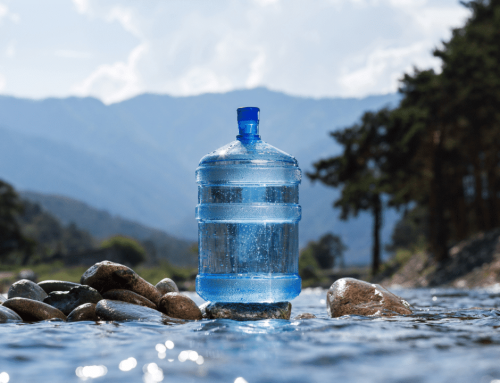Groundwater is a vital source of drinking water, and while our forefathers were not as educated about water sources and had a rather careless attitude to nature in general, we know better, thanks to the manifestation of climate change, water shortages, water scarcity, droughts, floods, and various other natural phenomena threatening humanity.
Groundwater can provide us with drinking water even during low-rainfall periods, but a sustained lower than average rainfall can result in what is known as a groundwater drought – when there is less than the average availability of groundwater for a sustained and extended period of time.
Groundwater in the UK becomes a critical national resource in times of surface water drought -it supports ecologically vital flows in many rivers during droughts; it also supplies water for agricultural, industrial and domestic use, therefore needs to be protected and well-managed.
Aquifers are usually replenished during the winter months, but if there is reduced rainfall over one or more successive winters, as there has been over the past few years, groundwater droughts could occur. High demands for water during extremely hot or particularly dry summers also exacerbate groundwater shortages.
The UK has experienced several groundwater droughts over the past few decades, so ongoing assessments and surveys are being done to better understand how future groundwater droughts may develop.
Water UK has opted to take a risk-based approach to the protection of groundwater resources; risks are identified and assessed then appropriate, measured actions are taken to mitigate any impact on public health and on the environment.
The Environmental Agency (EA) designated 2000 UK sites as needing groundwater protection as well as establishing Source Protection Zones as part of its GP3 policy, Groundwater Protection: Principles and Practice, which framework allows for the protection of water supplies from any developments that could negatively affect the quantity and/or quality of the water supplies.






